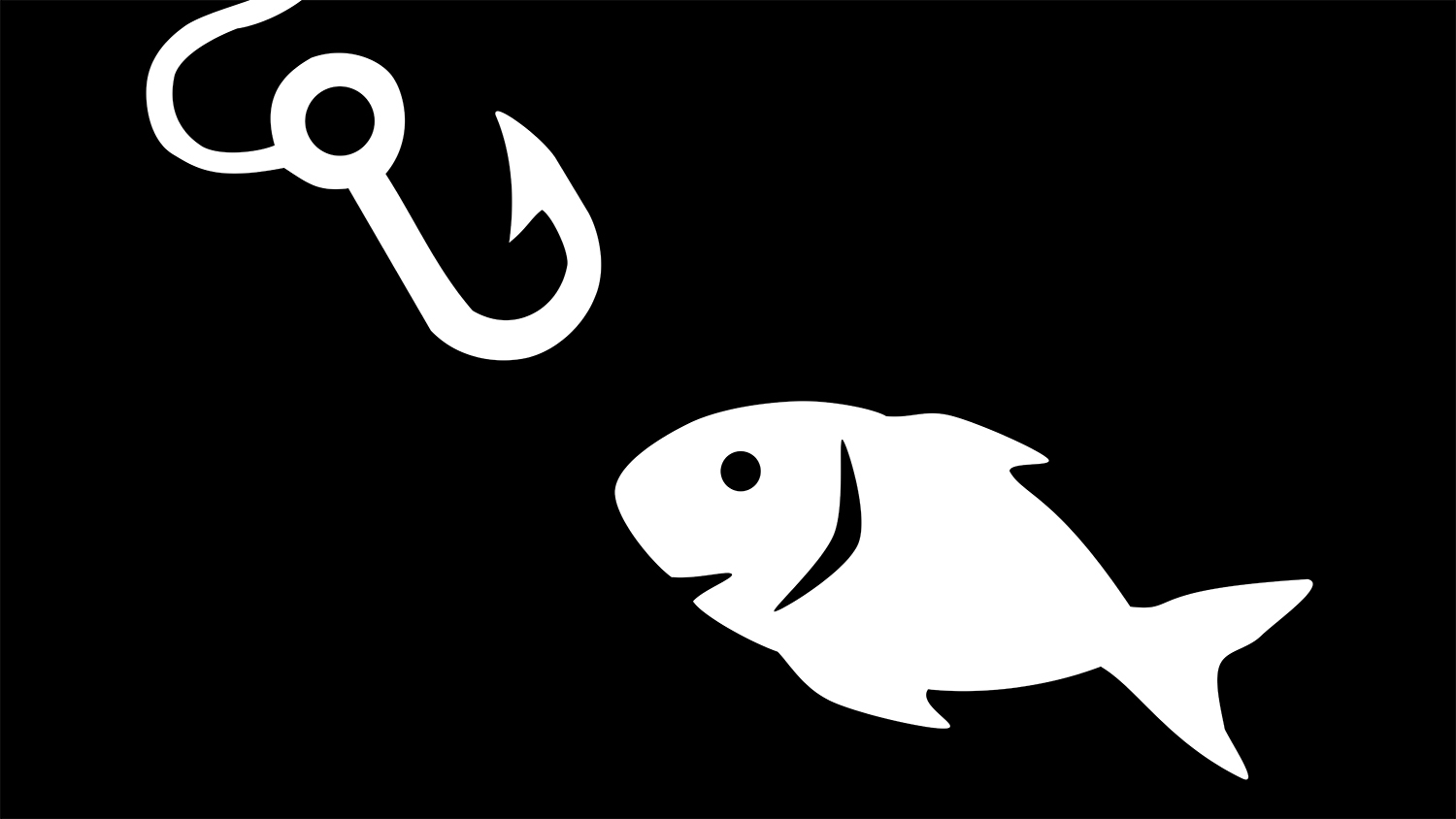A new citizen science project is enlisting the hunting and fishing communities to help scientists understand the basic biology of a host of fish, bird and mammal species. The “Got Guts?” project is being launched by NC State University and the North Carolina Museum of Natural Sciences.
“Our goal for the project is to get information on the morphology of the gut in various species – the shape and size of the stomach and intestines,” says Erin McKenney, a postdoctoral researcher at NC State and a leader of the Got Guts? Project.
The researchers are particularly interested in the cecum, which is a pouch found between the small and large intestines of some animals: deer and humans have one; ducks and geese have two; and bears and dogs don’t have them at all.
“We’re interested in the cecum because it serves as a reservoir where food slows down in the gut, acting as a sort of reactor for sustaining a healthy population of gut microbes,” McKenney says. “We know what duck and deer guts look like, but there are many species, including most fish species, that we know nothing about. And we don’t have a clear picture of variability – how guts differ from animal to animal – for any species.”
The project is asking hunters and anglers to photograph the entrails after field-dressing or cleaning any animals they harvest. This has to be done according to a specific, but straightforward, methodology in order to ensure that the information is scientifically valuable.
More information on the methodology, and how to participate, is available at http://gotguts.org/. Questions can be directed to McKenney at gutsyscience@gmail.com.
“We’re hoping that, by working with hunters and anglers, we can collect information that will give us much greater insight into what these gut systems look like, how they vary within species, and – ultimately – how their morphology affects their function.
“We are optimistic that the hunting and fishing communities will get onboard with this project,” McKenney says. “We can learn a lot with their help.”
- Categories:



